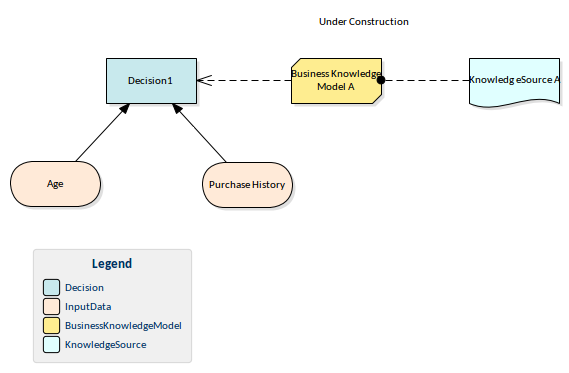| Prev | Next |
Introduction
Now more than ever, in a world turned on its head by new and innovative business and technical ideas and disruptive ways of working, does an organization need to have a clear understanding of its choices and the decisions it makes. Unmanaged complexity is the enemy and agility the friend that heralds business success and enables an organization to respond quickly to changes in its business circumstances. Without a clear and communicable model it is almost impossible for an organization to embrace the changes that confront them daily in the digital world.
The description and implementation of decisions which has been inexplicably and somewhat invisibly part of almost all disciplines has now been synthesized into a rigorous and formal discipline of its own with a new way of modeling and describing decisions, Inputs, Outcomes, Rules, Business Knowledge, Authorities and more. Indeed once you have seen the Decision Model and Notation in action and been introduced to the countless benefits it brings you will not be able to go back to old and arcane ways of working.

Enterprise Architect has become the tool of choice for many Business and Technical leaders because of its flexible, extensible, standards-based and pragmatic approach to modeling complex systems. As a collaboration platform it is a tool for all disciplines, and allows Decision Models to be created, integrated, managed, documented, simulated and generated to programming code. The models can be visualized and integrated with a range of other models including, Business Process Diagrams, Use Case Models, User Stories, Test Cases, Database Models, Implementation Artifacts and programming code to list just the main models.

